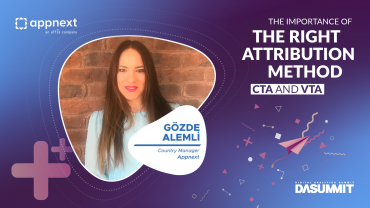There are quite a few ways for apps to earn money. The most obvious is the paid app, and we will cover that along with other app monetization models in later posts.
Competition has forced many game developers to lower their prices to the lowest tiers, typically $1 (or equivalent) in most markets. The only lower tier is free, yet that may prove to be the highest grossing tier of all.
At this very minute the top grossing Android apps on Google Play are: Candy Crush Saga, Zynga Poker, Farm Heroes Saga, Heroes of Camelot, and Hay Day.
These 5 apps have three things in common:
- They are all free. (In fairness 98% of all Google Play apps are free.)
- They are all games.
- They are all “pay to resume”
- (Bonus: they also all have iOS versions)
Pay-to-resume (P2R) is different than Free-to-play (F2P, i.e. pay to play more, access special features, or buy virtual goods – this is not to say that games can’t be both P2R and F2P at the same time).
Many game publishers put out two versions of the same game, one free and one paid. Often the free game is a “sampler” of the full paid game allowing the player to play through a small number of levels, fall in love with the game, and then unlock the full game with an in-app purchase.
Realistic conversion rates fall in the 1-2% range for most games, while very good games will see a 3-6% conversion of free to paid.
Bucking the F2P trend, the games in the top five list are all free, full featured games that allow users to play and advance at their own pace and level of skill. Distinct in the group is Zynga Poker which grants new users a relatively small amount of virtual currency to begin play since money is an integral part of the game. Zynga understands that all but the real card sharks will at some point need to top up with credits to stay in the game, or at least the higher payout games, and that it can expect a relatively stable source of income.
Let’s use King.com’s Candy Crush Saga as an example. Utilising the “deceptive difficulty” game mechanic where the game seems easy to play but is actually very difficult to master, users often find their lives used up and have three choices before them: wait out the “timeout” span and then return to play, ask for “lives” via social media, or buy more lives and resume play.
Given the extremely addictive nature of Candy Crush many users need to feed their cravings right now, to the tune of almost $800,000 a day. The brilliance in this tactic is that customers voluntarily pay to advance while they’re in the middle of a run, something very similar to the psychology of what happens in casinos.
What makes it a brilliant tactic is that there is no coercion on the part of the game for players to buy. Contrast that with many apps that force users to buy feature packs or upgrades. They are not being asked to pay to level up, but rather as an option to resume working on leveling up and thereby achieving the satisfaction of conquering a level (or an enemy). The conversion rate can be as high as 14.5-20%.
The price points are also an important factor in implementing pay-to-resume monetization model, and the most successful game makers have realised that a single price point is best. This may happen because of its seeming simplicity. Quite simply, view pay-to-resume as a sales opportunity with a limited lifespan. Presenting the user with multiple choices where buying the “warehouse-sized lives pack” might be more economical for the user in the long run is probably only going to confuse the user while he does the math and considers his options, as opposed to offering a single, cheap, option that comes with immediate gratification.
If your game does have break points where players will need to wait to reengage, consider pay-to-resume at a low price point, offered immediately to the user.



Comments are closed.